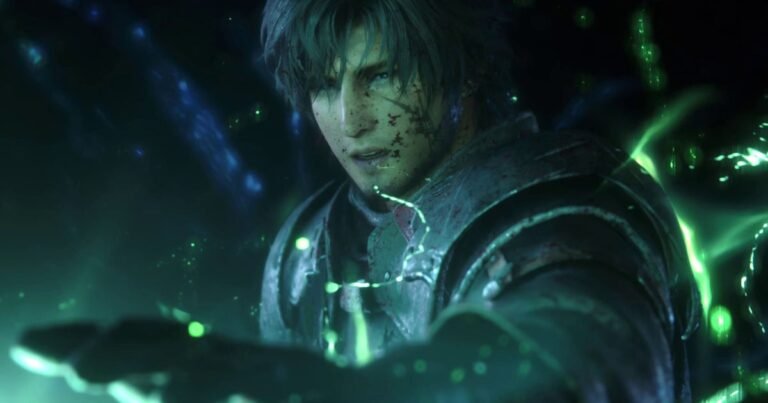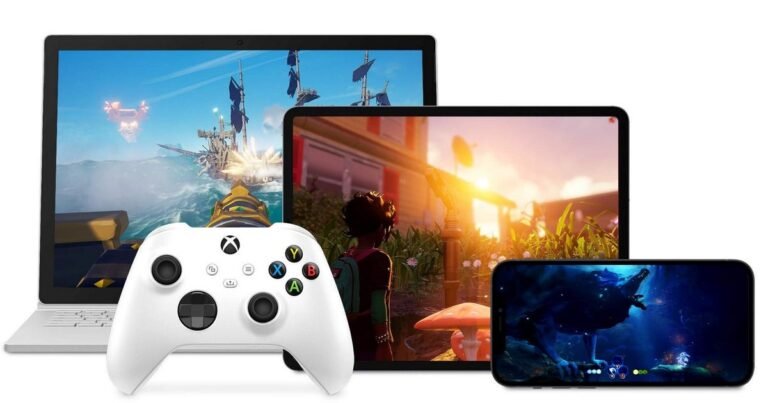
Starfield Beta Patch: Improvements and Changes
It’s fair to say that Starfield was launched in a weak state on PC in September, without official support for DLSS or XeSS upscaling, lacking HDR controls, with a disappointing graphical menu, and strangely poor performance – especially on Nvidia and Intel graphics cards. The latest Starfield beta on Steam seems to address several of these issues, so we tested the new version to see how the game has changed.
Performance Boosts and GPU Improvements
One of the biggest changes for Nvidia graphics card owners is the official inclusion of DLSS 2 and DLSS 3 for image reconstruction and frame generation, respectively. The game’s performance has also noticeably improved with the beta patch. Running on a Ryzen 7 7800X3D, I noticed a 20 percent performance increase while exploring the city of Akila. This boost in performance is almost replicated on a lower-level Ryzen 5 3600 system, with a 17 percent improvement in frame rates with the beta patch installed.
On the GPU side, the game initially ran well on AMD graphics cards but poorly on Intel and Nvidia cards. However, with the patch, these issues have been addressed, providing a more balanced performance across different GPU brands. For example, the RX 6800 XT gains about five percent in a GPU-limited scenario, while the RTX 3080 sees a 30 percent increase in frame rates in the same scene.
Overall, the improvements in performance and GPU optimization have made Starfield a more enjoyable experience for players, especially on higher-end systems.
Mixed Reactions to Starfield’s Beta Patch
There are also HDR controls, but these unfortunately seem underdeveloped. The game appears to be running under Microsoft’s Auto HDR, with a very flat look that doesn’t look great even on a high-quality OLED screen. I even noticed a grayish tint and banding in the opening scene. This is especially disappointing when community HDR mods like Luma produce noticeably better results.
A Step Forward for Starfield on PC
Overall, Starfield’s beta patch is a big step forward for the game on PC, with the improved CPU performance being a particularly impressive turnaround that will see many more people operating at 60fps than before, while performance improvements for Nvidia users in particular are also groundbreaking. User experience is also significantly enhanced with the inclusion of DLSS upscaling, DLSS frame generation, and controls for HDR and FOV.
However, it is clear that more work needs to be done for Starfield to be in a truly satisfactory state on PC. The game’s HDR implementation still falls short of community efforts, while stutter during traversal remains a concern and Intel GPU performance also seems below expectations. These all seem like solvable challenges, so I hope to see Bethesda continue to polish and improve the game over time.



